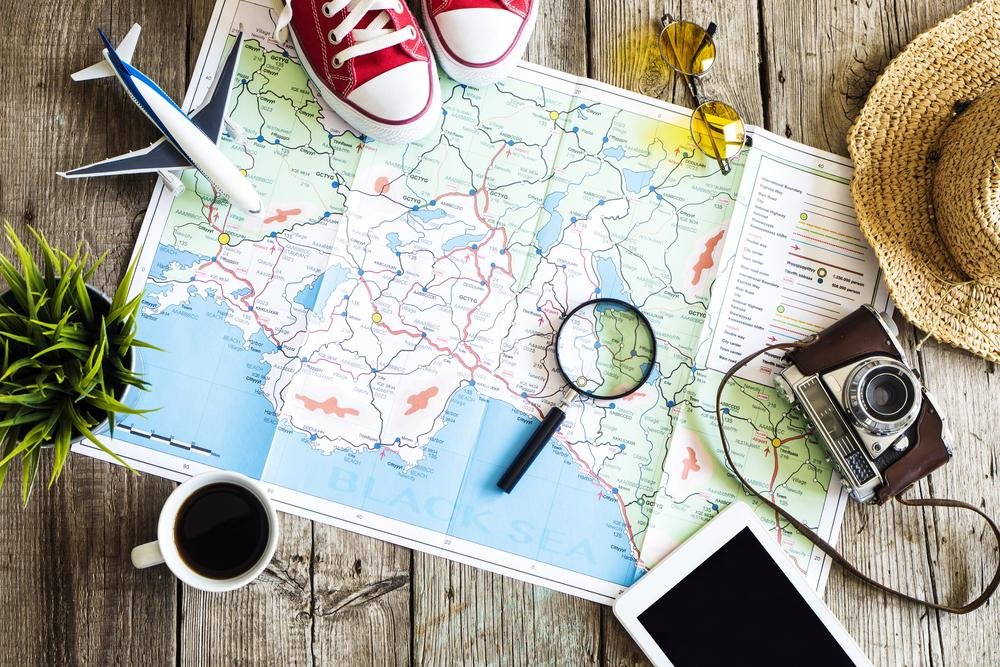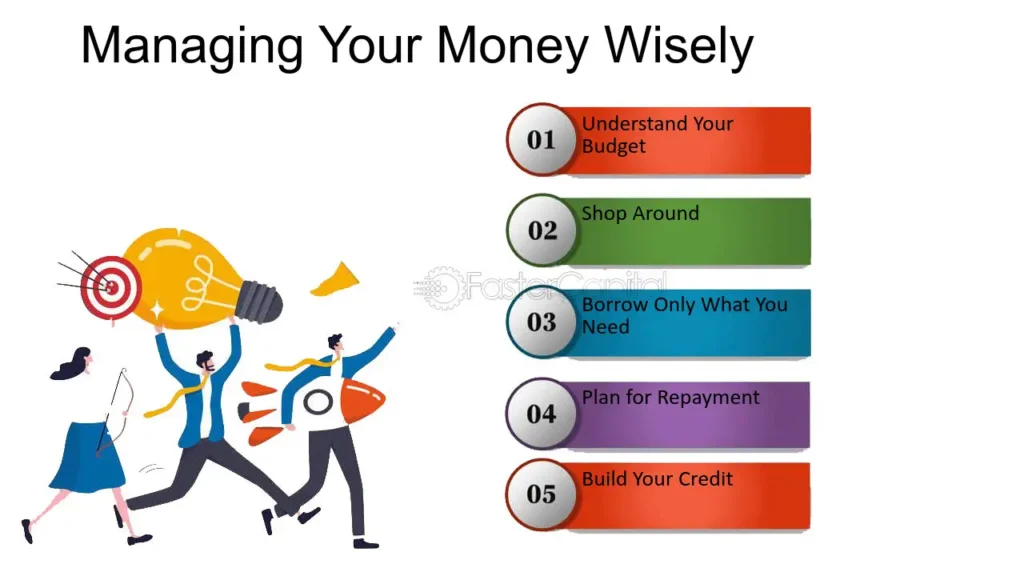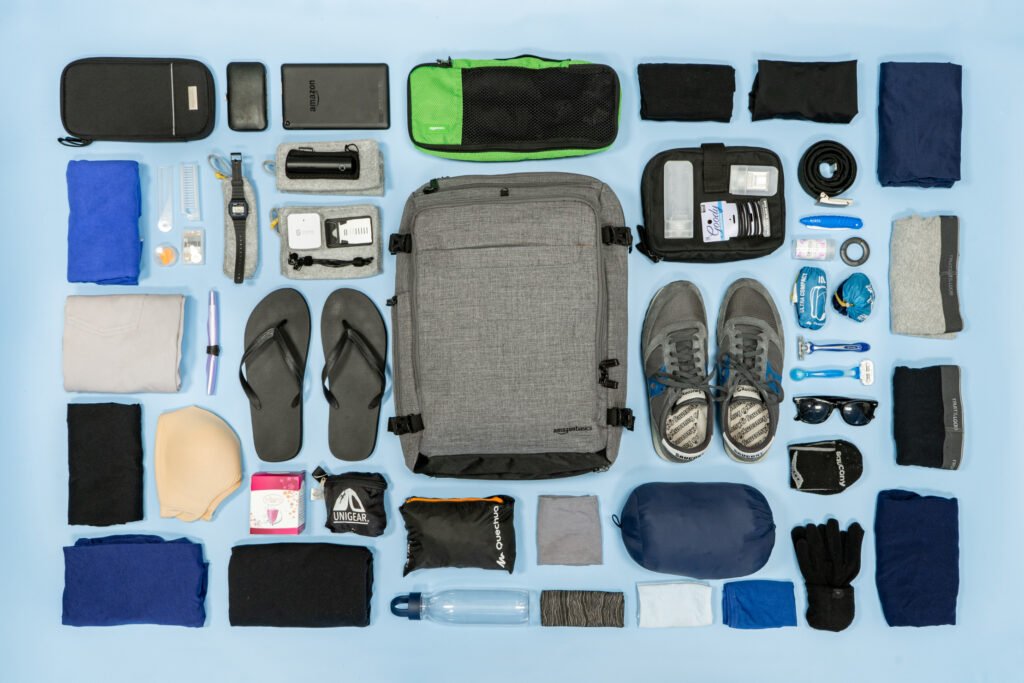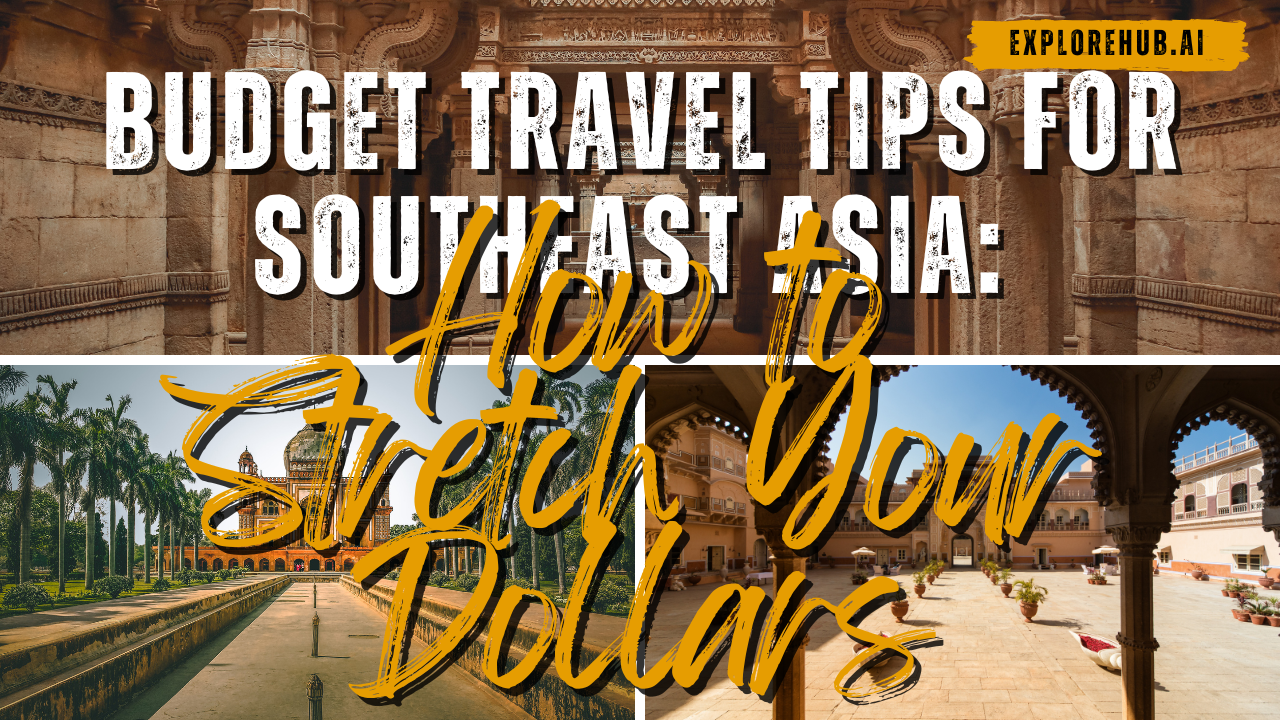Southeast Asia is a paradise for budget travelers, offering a blend of stunning landscapes, rich cultures, and delectable cuisines—all at an affordable cost. Whether you’re a backpacker on a shoestring budget or just looking to make your money go further, this region is perfect for exploring without breaking the bank.
Table of Contents
Planning Your Trip

Choosing the Right Destination
Southeast Asia is home to many wallet-friendly countries like Thailand, Vietnam, Cambodia, and Indonesia. Each has its own unique charm and budget-friendly options, from bustling street markets in Bangkok to serene beaches in Bali.
Setting a Realistic Budget
A daily budget of $20–$50 can often cover food, accommodation, and local transport. Research average costs for your preferred destinations to avoid surprises.
Researching the Best Time to Travel
Traveling in the low season (typically during the rainy months) can save you money on flights and accommodation while avoiding crowds.
Affordable Transportation Tips

Flights and Deals
Use flight comparison websites like Skyscanner and Google Flights to snag the best deals. Booking in advance or using budget airlines like AirAsia can save you a lot.
Local Transportation Options
Opt for local buses, trains, or ridesharing apps like Grab instead of taxis. For short distances, tuk-tuks and shared rides are economical options.
Renting Scooters and Bikes
In many countries, renting a scooter for a few dollars a day is the cheapest and most convenient way to explore.
Saving on Accommodation

Budget Hostels and Guesthouses
Southeast Asia is known for its affordable hostels and guesthouses, offering rates as low as $5–$15 per night.
Using Homestays and Couchsurfing
Platforms like Couchsurfing or Airbnb provide opportunities to connect with locals and save money.
Finding Discounts on Booking Platforms
Always compare prices on platforms like Agoda, Booking.com and Hostelworld, and look out for special deals or last-minute discounts.
Eating on a Budget

Street Food Culture
Savor local street food like pho in Vietnam or pad thai in Thailand for just a few dollars.
Local Markets vs. Restaurants
Local markets offer authentic dishes at a fraction of the price compared to touristy restaurants.
Avoiding Tourist Traps
For less expensive and more genuine meals, stick to restaurants that locals frequent.
Exploring Activities for Less

Free and Cheap Attractions
From free walking tours in major cities to stunning beaches and national parks, there are plenty of low-cost attractions.
Group Discounts and Day Tours
Join group tours or book day trips to save money on activities like island hopping or jungle trekking.
Negotiating Prices
Haggling is a common practice in markets and for tour prices. Don’t be shy to negotiate!
Managing Money Wisely

Currency Exchange Tips
Avoid exchanging money at airports. Instead, use local exchange centers for better rates.
Using Local Payment Apps
Apps like GrabPay or GoPay often come with discounts for rides and food delivery.
Avoiding ATM Fees
Withdraw larger amounts to minimize ATM fees or use banks that partner with your home bank for no-fee withdrawals.
Packing Smart for Budget Travel

Essentials to Save Money
Carry a reusable water bottle, a universal adapter, and a lightweight towel to cut down on small expenses.
Packing Light for Mobility
A smaller backpack means fewer baggage fees and easier movement between destinations.
Safety Tips for Budget Travelers

Avoiding Scams
Be cautious of overly helpful strangers and double-check prices for taxis or tours.
Travel Insurance for Peace of Mind
Invest in affordable travel insurance to cover unexpected expenses like medical emergencies or trip cancellations.
Also visit:
Plan Your Adventure: Top Hiking Trails in Colorado for Weekend Getaways
The Most Scenic Top Hiking Trails in Colorado for Stunning Views
Explore Beyond Rome and Venice: Hidden Gems in Italy
Hidden Gems in Italy: Your Guide to Offbeat Adventure
Hidden Germs in Italy: Unique and Undiscovered Places
The Best Beaches in Florida for Nature Lovers
Conclusion
Traveling Southeast Asia on a budget is not only doable but incredibly rewarding. With a little planning, resourcefulness, and a sense of adventure, you can create unforgettable memories without overspending.




